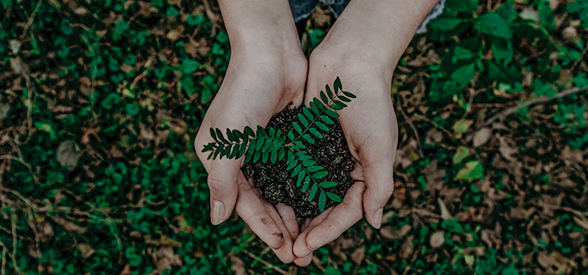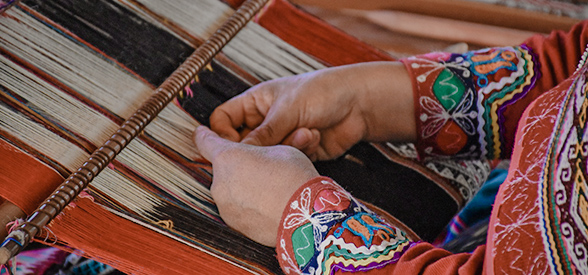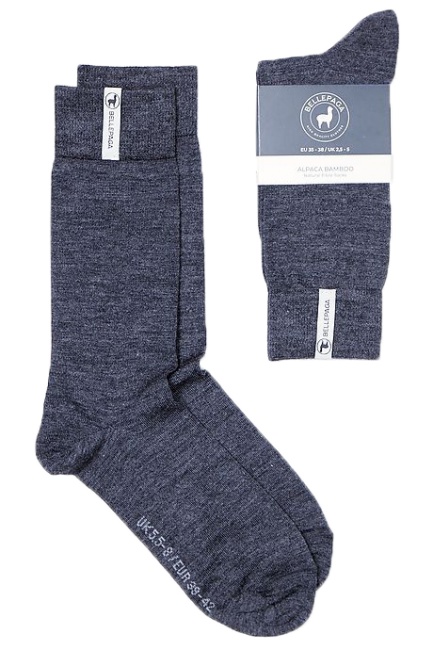BellePaga's eco-responsibility
At BellePaga, one of our priorities is to focus on the eco-responsible aspect of our project. To do this, let's go back a little bit: everything started with the choice of the material for the making of our products. A well-considered choice after all.
Besides the fact that Alpaca, this "wool of the gods", is presented as a much cheaper alternative to cashmere wool, it also has a much less disastrous impact on the environment. It is on this point that we hope to make a difference. Alpaca wool is a more sustainable resource than we think.
What is eco-responsibility?
This neologism is part of a movement of more sustainable consumption. It is clear that after the ravages that excessive consumption has had on our environment, many of us aspire to a new lifestyle that includes moderate, ecological and ethical consumption.
It is a set of behaviors that are part of sustainable development. You probably already know about waste recycling, composting or buying organic, ecological and local products.
The goal is to reduce the number of steps, to reuse, to valorize and to eliminate the steps that are considered useless during the creation of the product.
A local production
Now that you know what is a brand registered in an eco-responsible process. Let us describe the steps of our production:
1. A local family know-how
This choice was not made in a trivial way. After falling under the spell of Peru and the alpaca, we had to make a choice concerning the breeding. We chose to work hand in hand with breeders' workshops. Working with small breeders structures, allows us to buy a quality raw material while ensuring a fair remuneration. These structures assure us the breeding of Alpacas in their natural habitat without any mistreatment.
2. Reduced transport
This wool and the making of our products in general require very little transportation. As we are committed to reducing our carbon footprint, our wool makes only one trip between Peru and Belgium.
A sustainable and therefore eco-responsible wool
Let's take a closer look at the material itself, which is a renewable resource.
First of all, it is clear that the Alpaca is an animal with a low ecological impact. Unlike other animals, it requires little maintenance (water and food) which limits the consumption and the carbon footprint of our project. In addition, unlike the cashmere goat which cuts the grass, pulls it up and eats it all up to the root, the alpaca, endowed with small pads, tramples the grass and by this process facilitates the dispersion of seeds and minerals. This avoids any problem of desertification due to unsustainable breeding. The Alpaca does not destroy its natural habitat, unlike the cashmere goat, but has a wool that is just as warm.
It is also important to note that this animal represents a high yield compared to its fellow animals: 1.5 to 2 kilograms of wool per year (compared to a cashmere goat which would only produce 780g).
An untreated wool. If again we draw a parallel with sheep wool, one thing you should know is that alpaca wool is not covered with lanolin. Therefore, we don't need to clean it to remove this greasy film. What a water saver!
There is such a variety of colors, 22 tones are listed, that it is in fact unnecessary to dye the wool. Goodbye chemical dyes!
Finally, let's take an interest in wool once it is woven. Resistant, thermoregulatory, warm, hypoallergenic, without pilling, when you buy a BellePaga product, you buy it for life. Alpaca wool ensures the longevity of our products.
To learn more about BellePaga's values, go to Our Values.
Discover quickly our alpaca wool items on www.bellepaga.com




